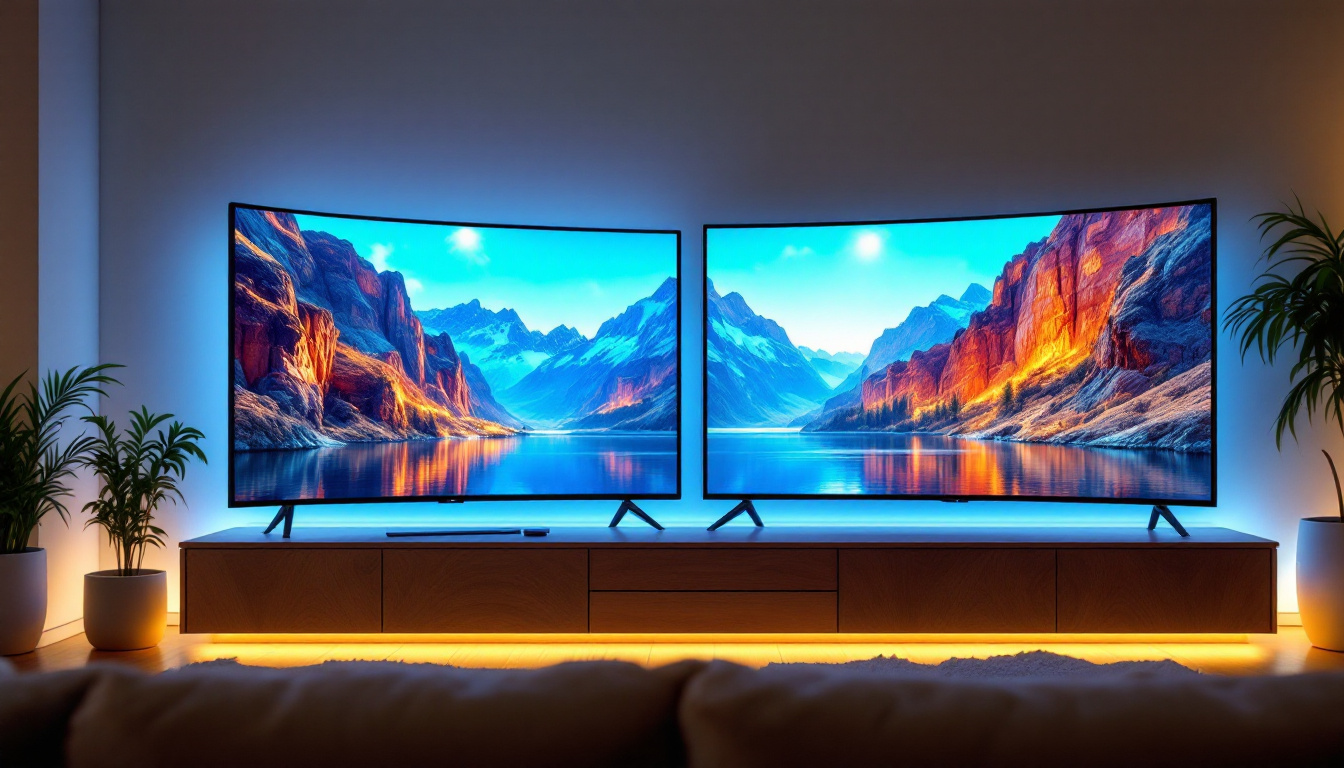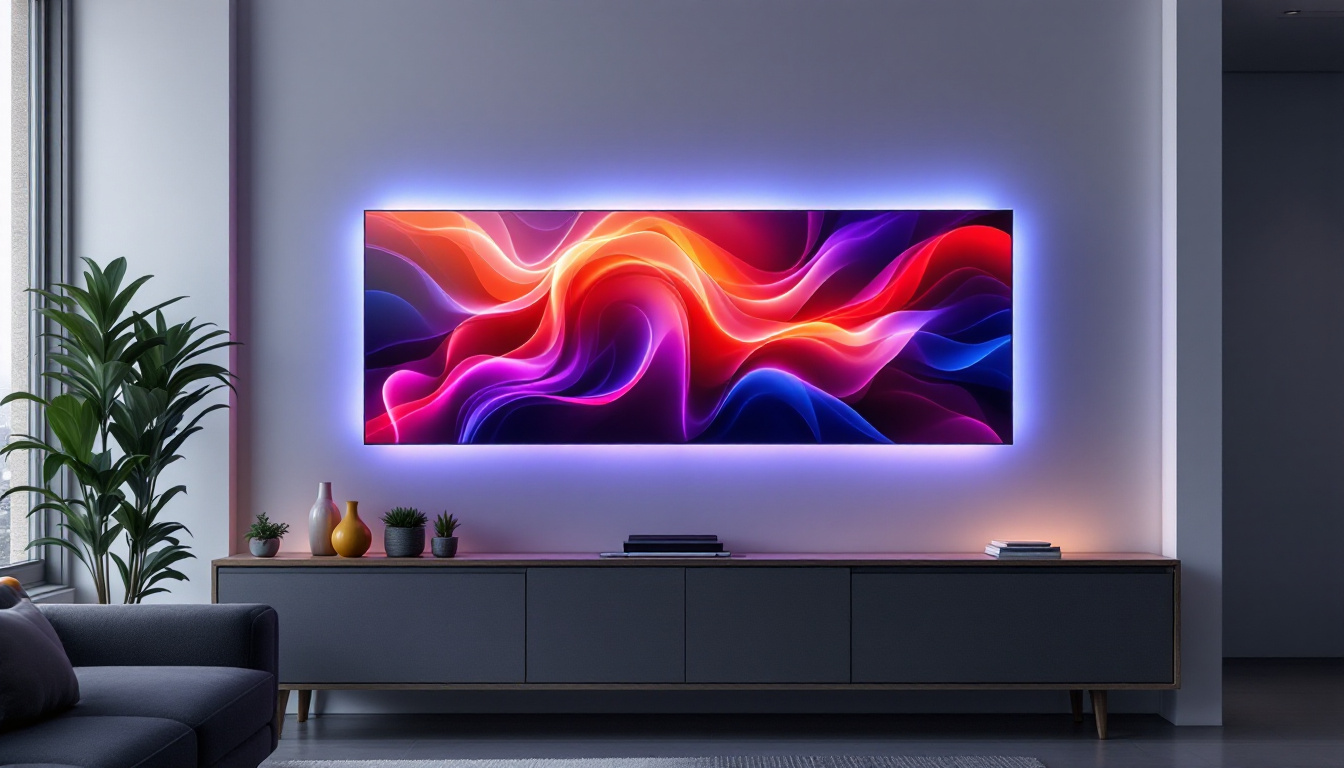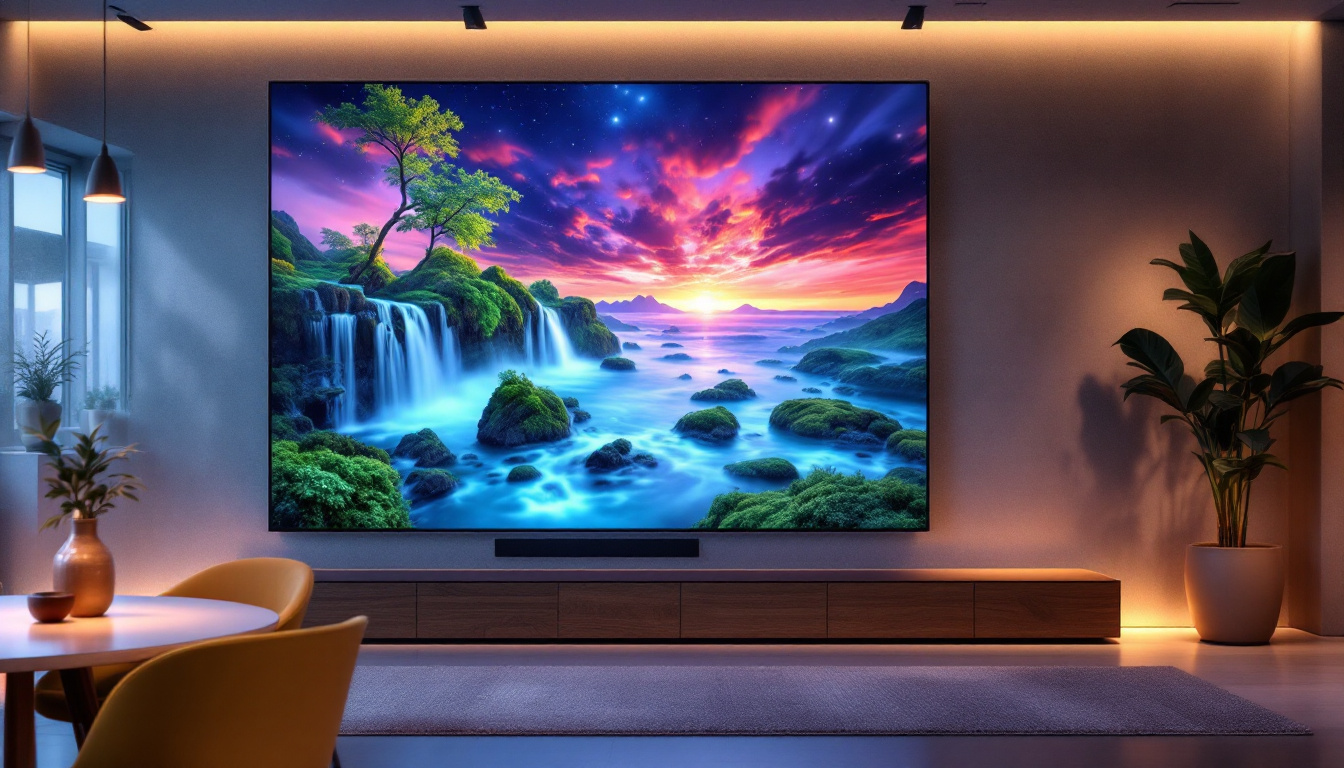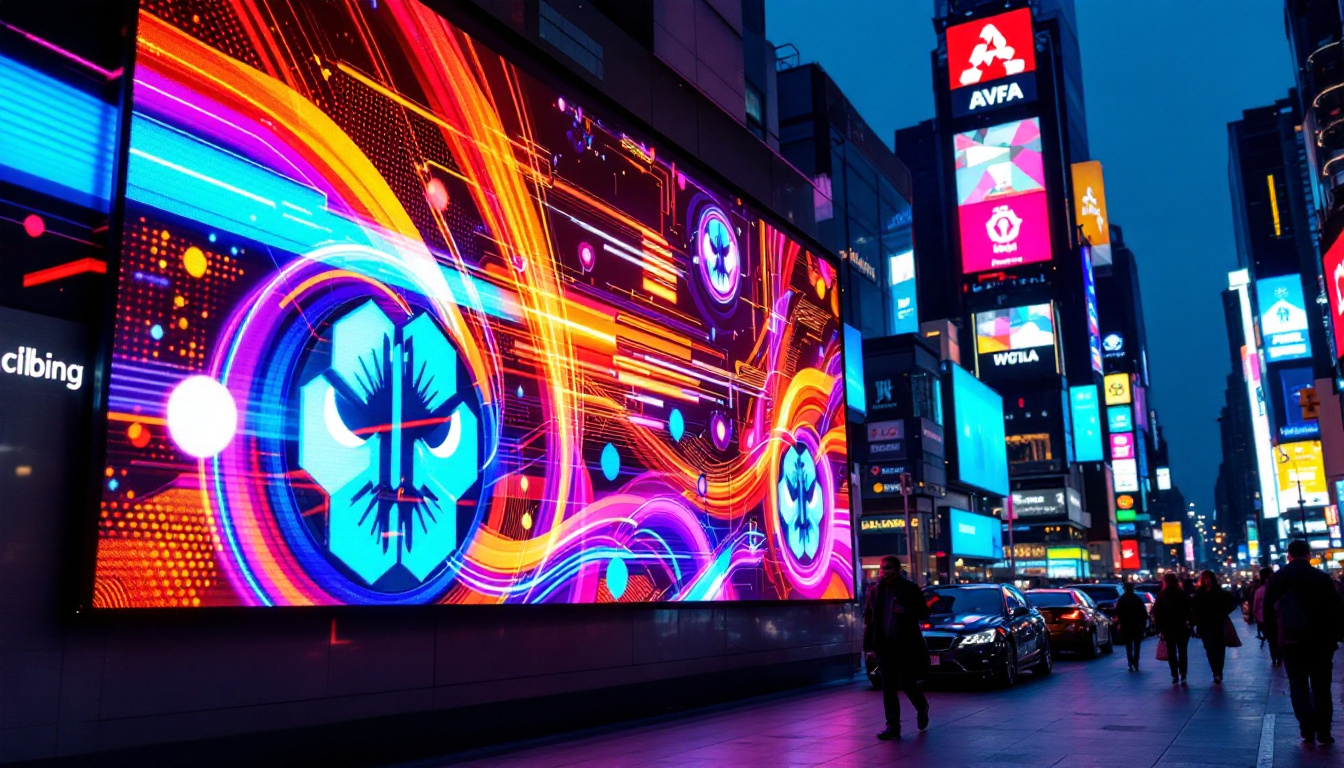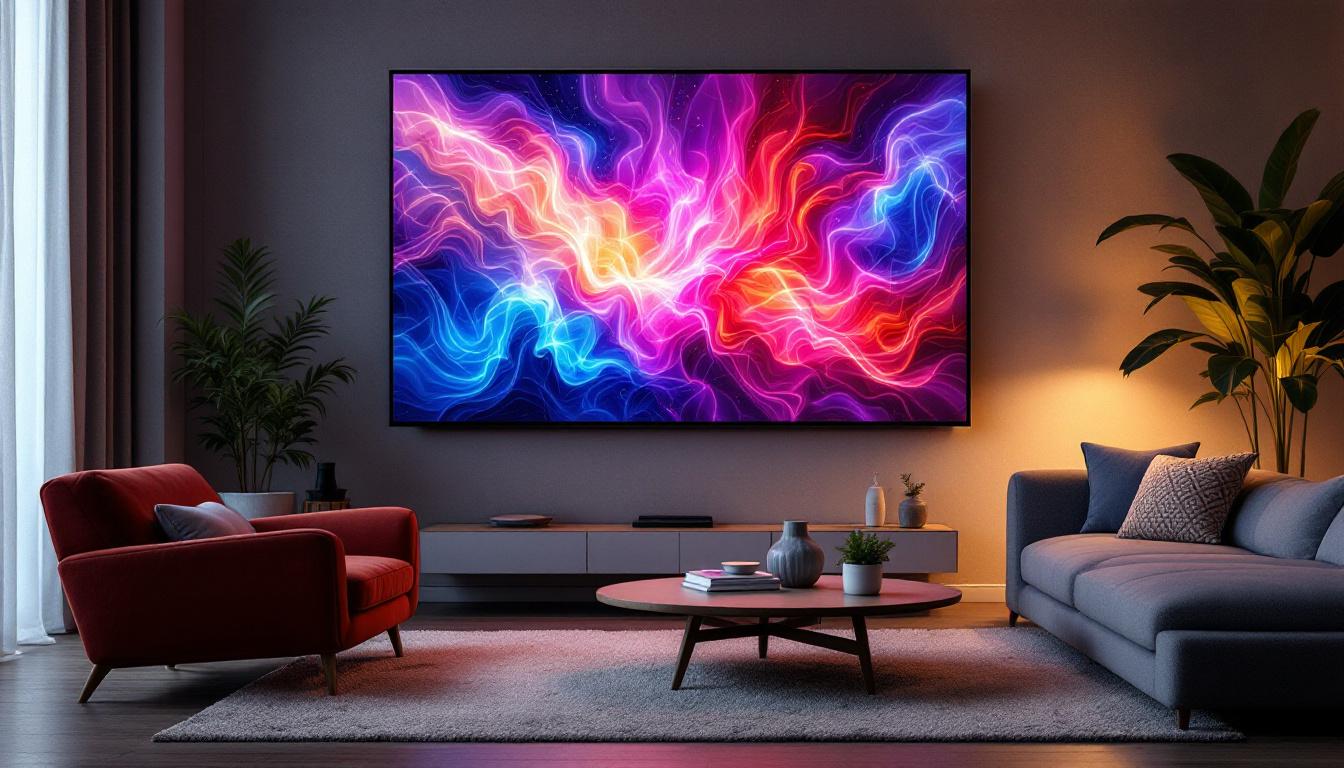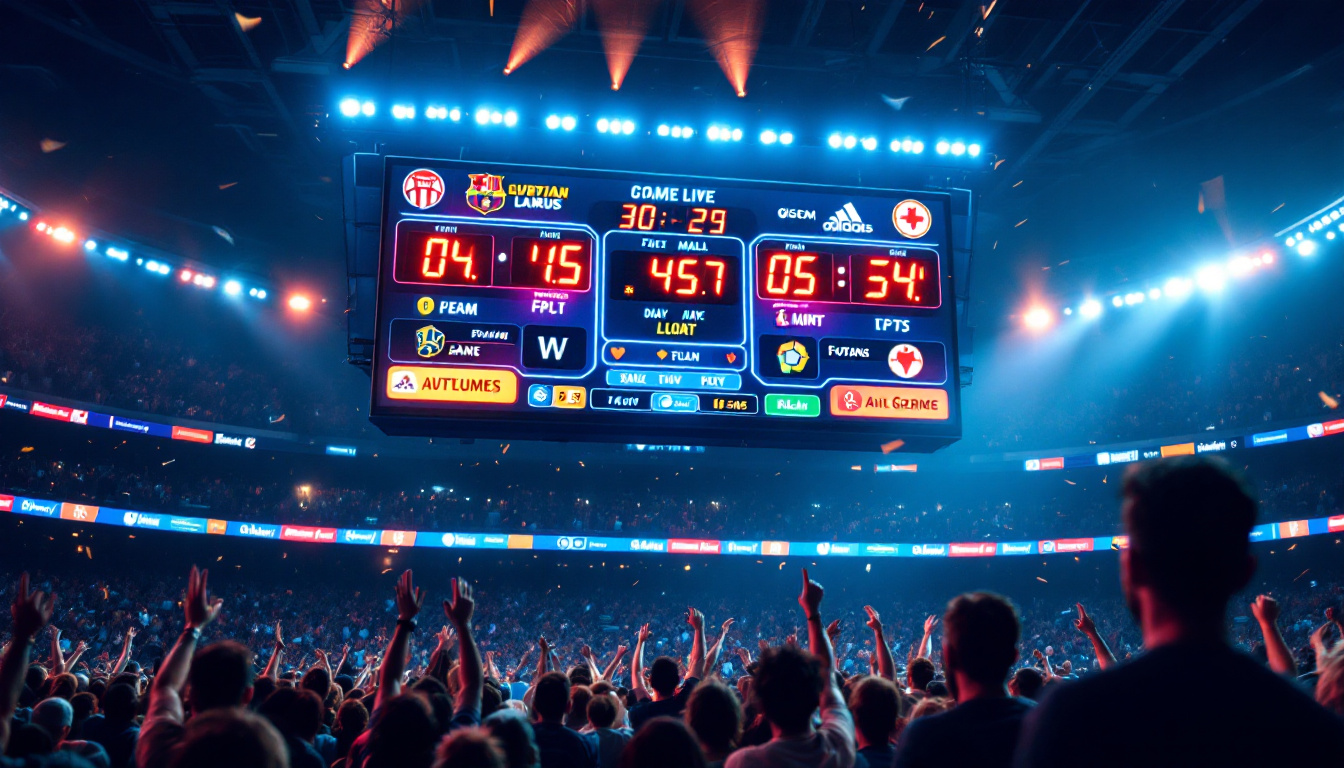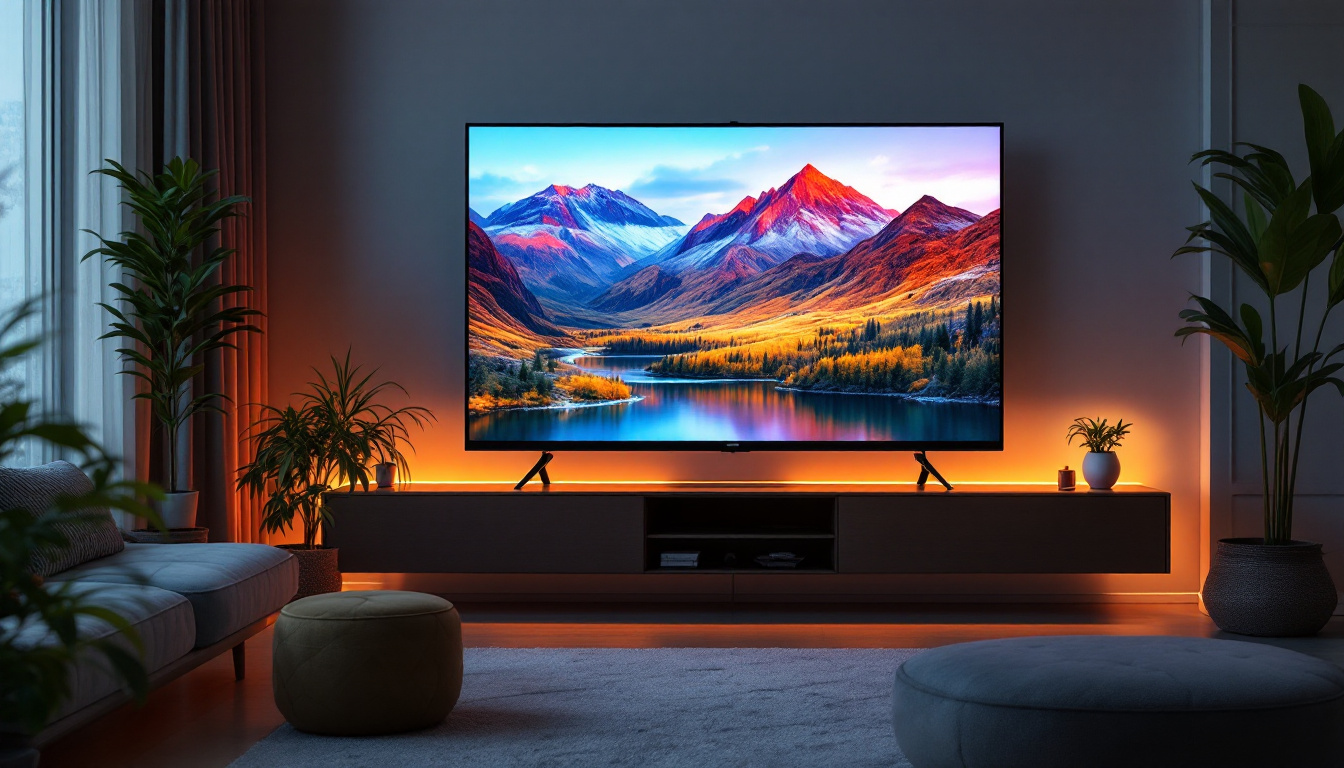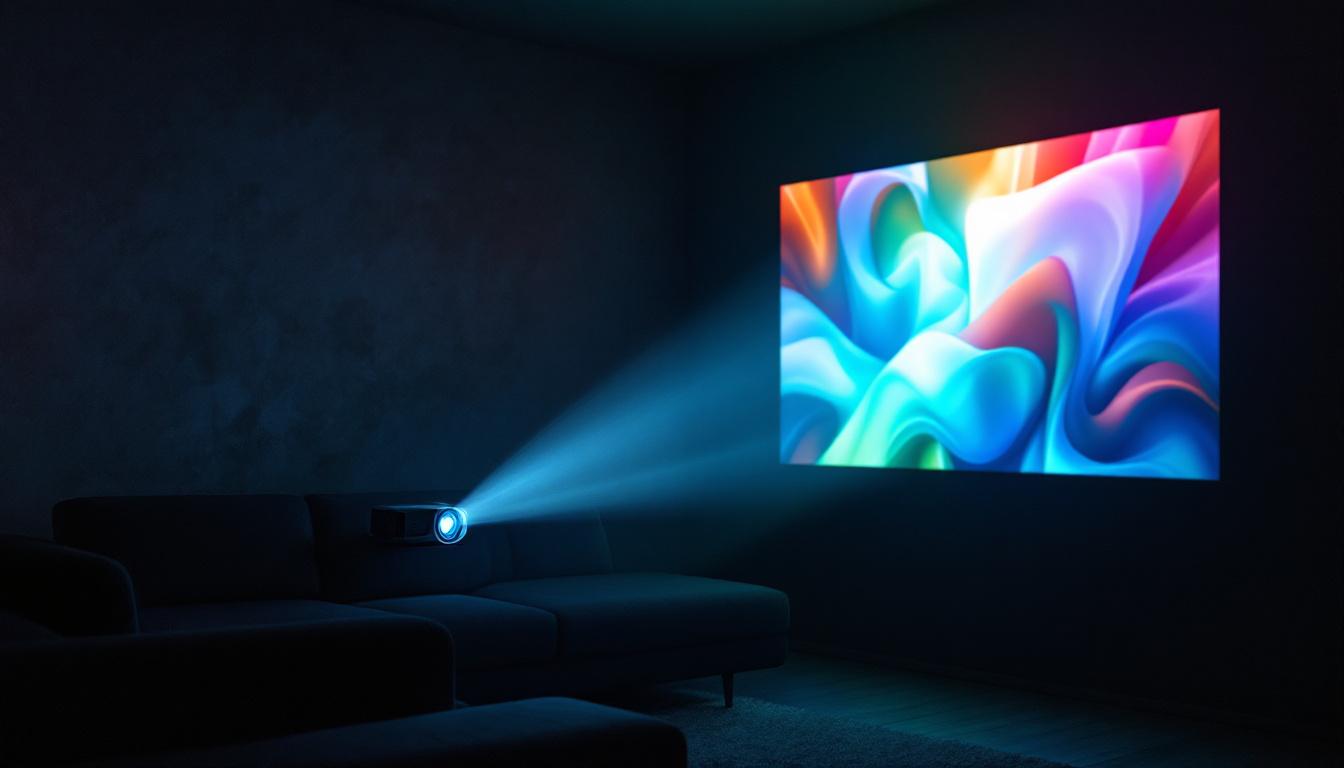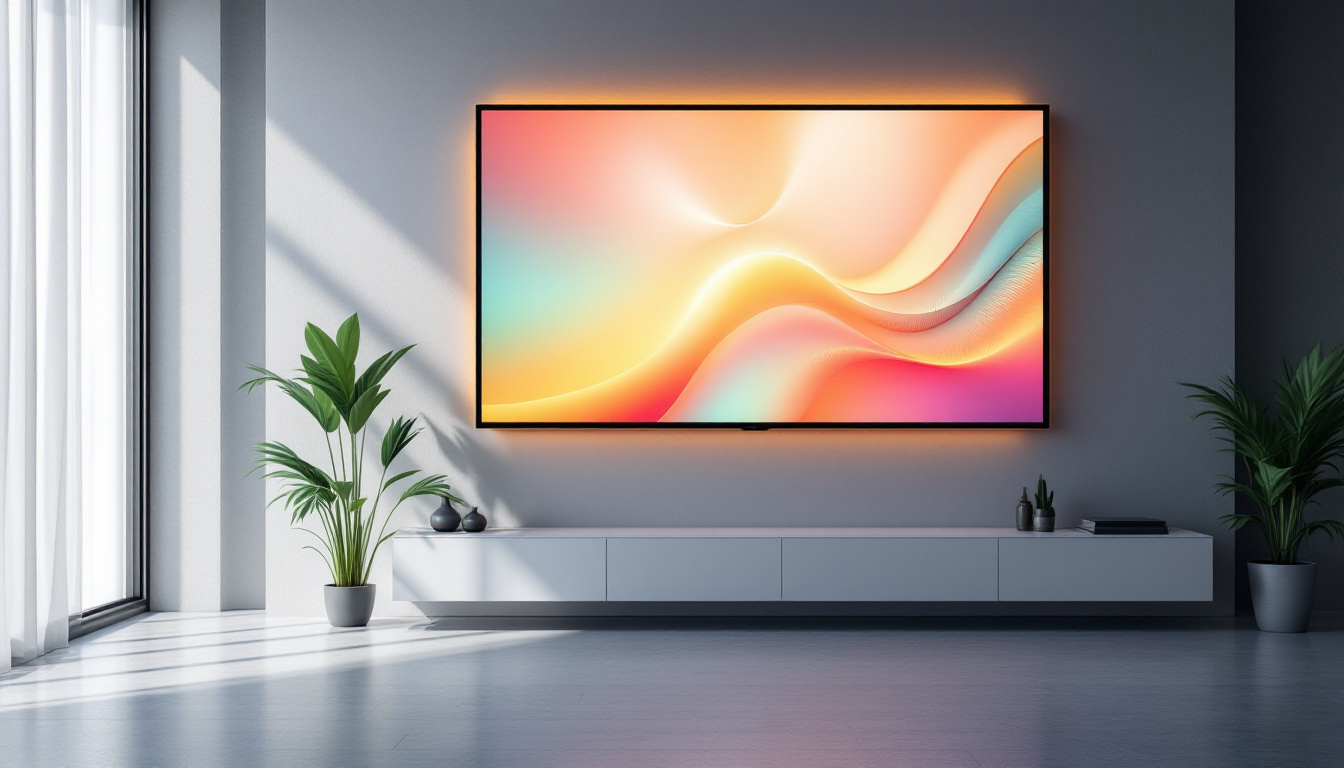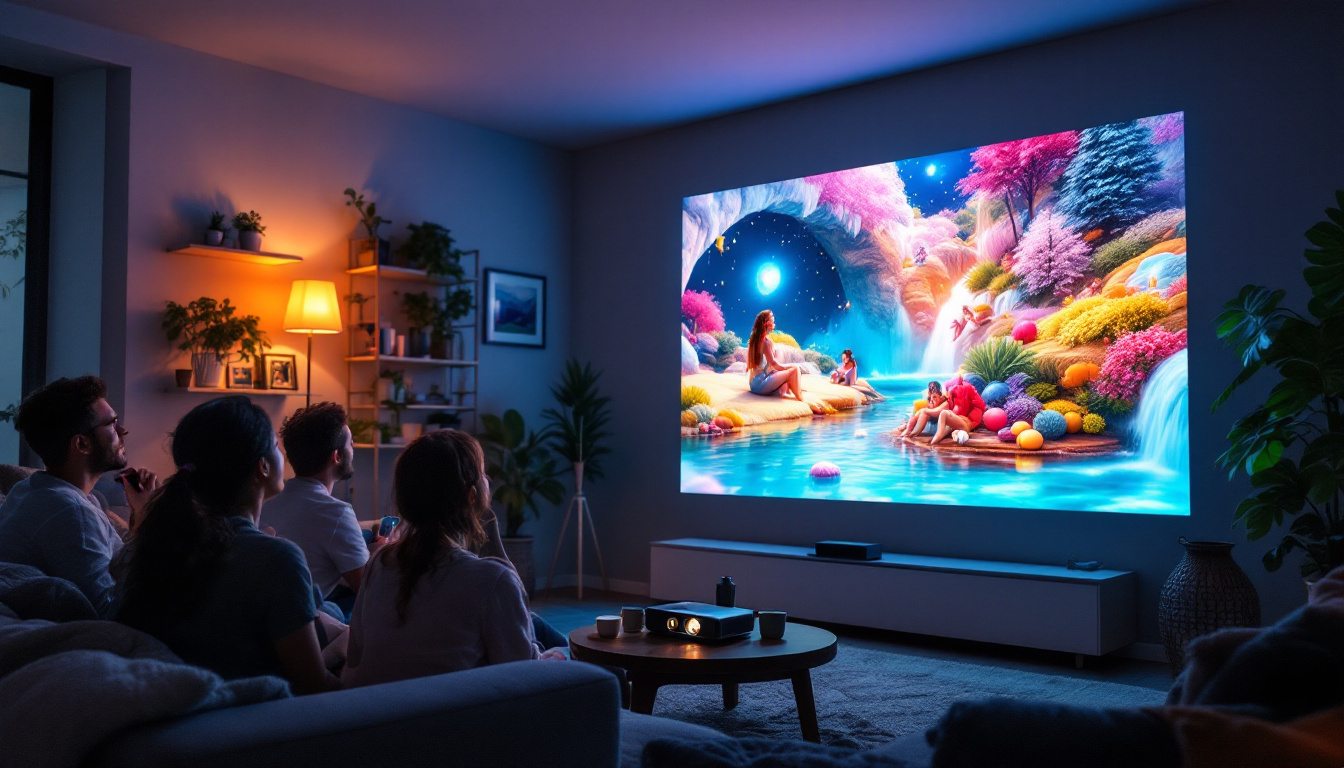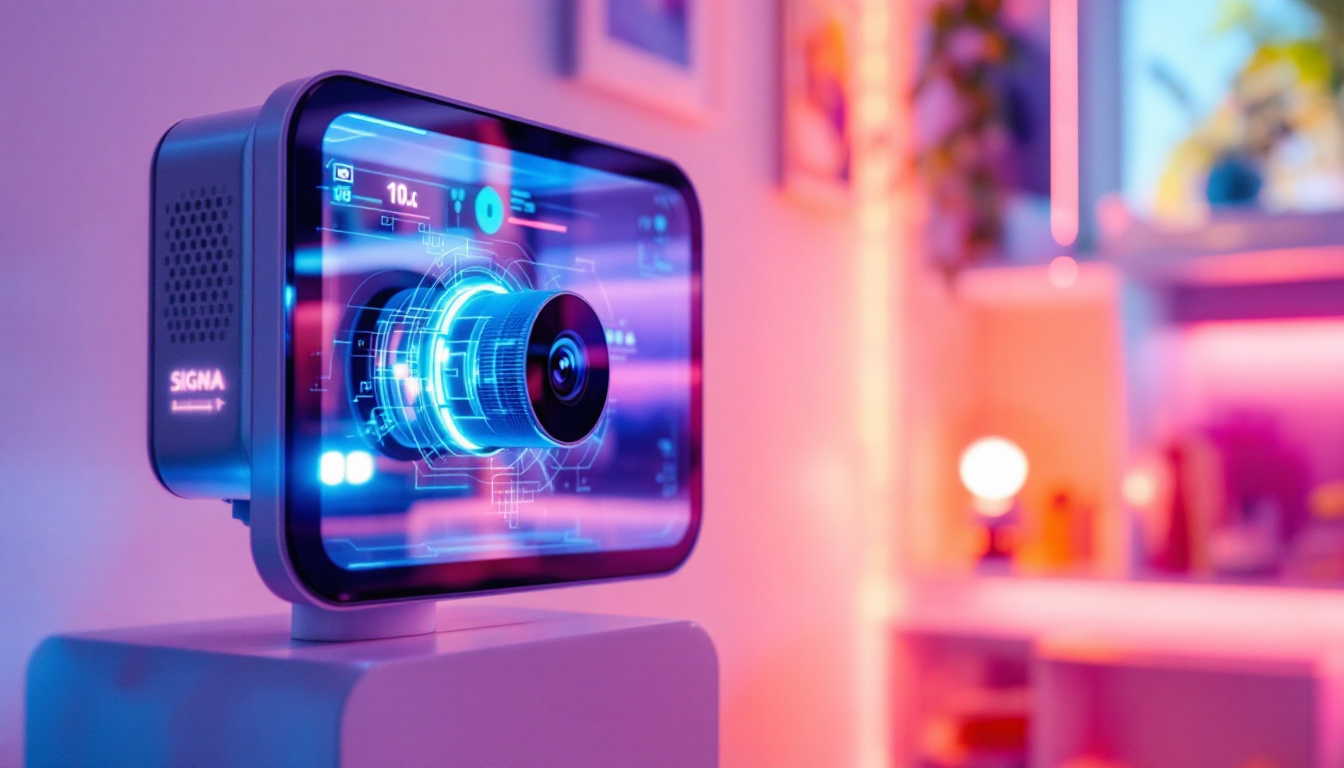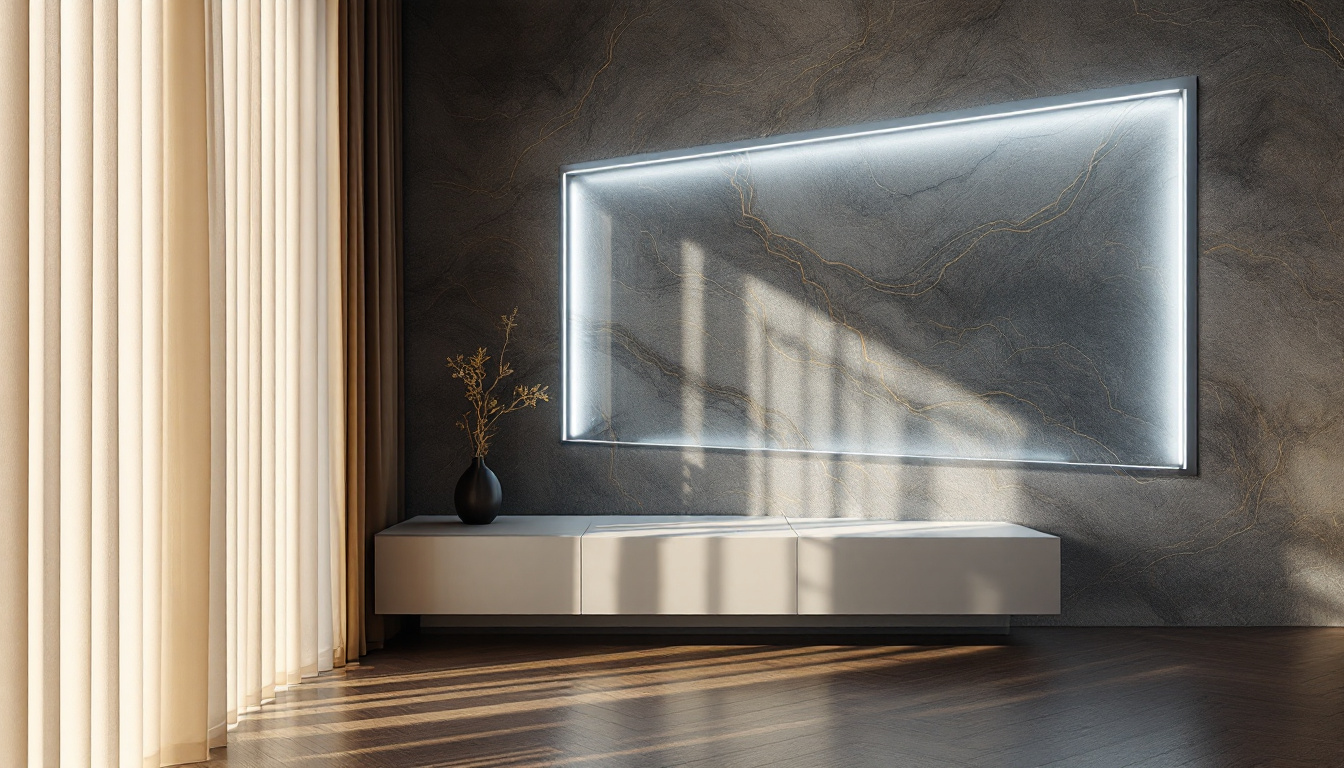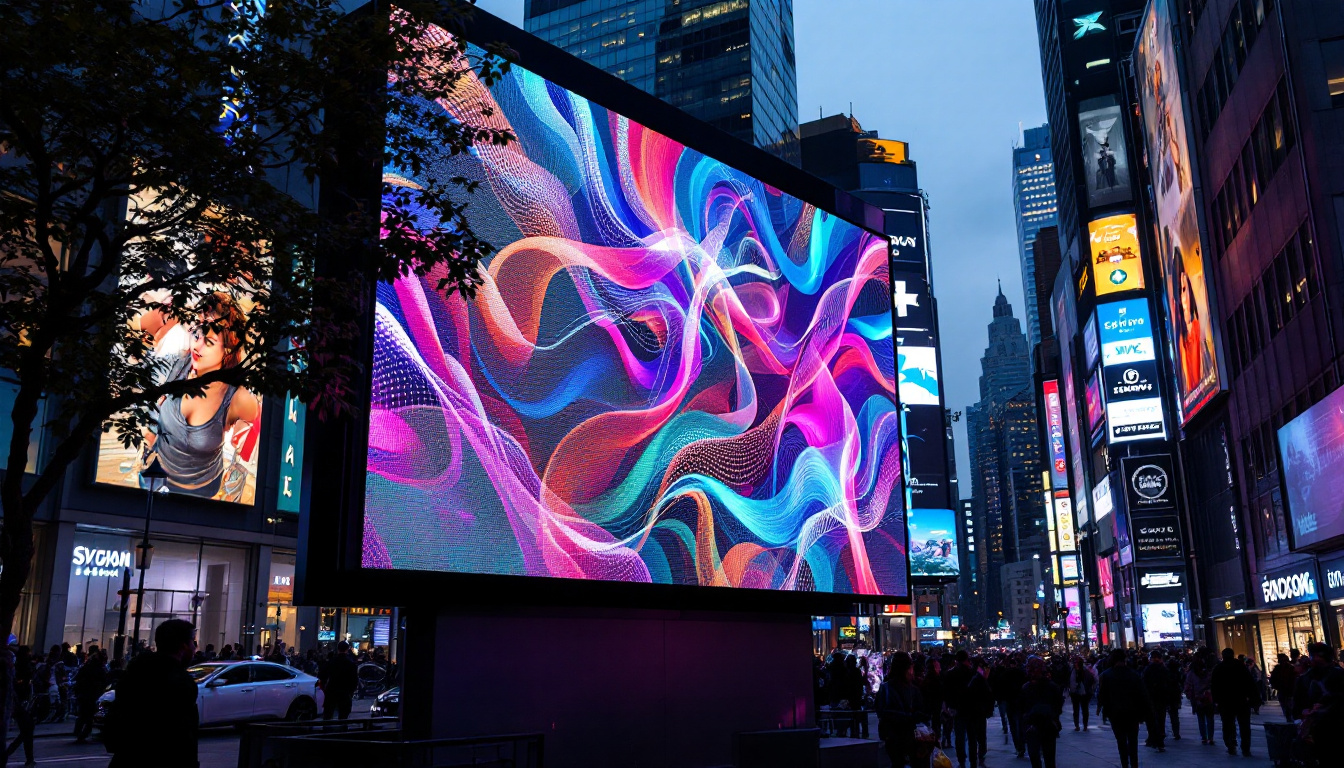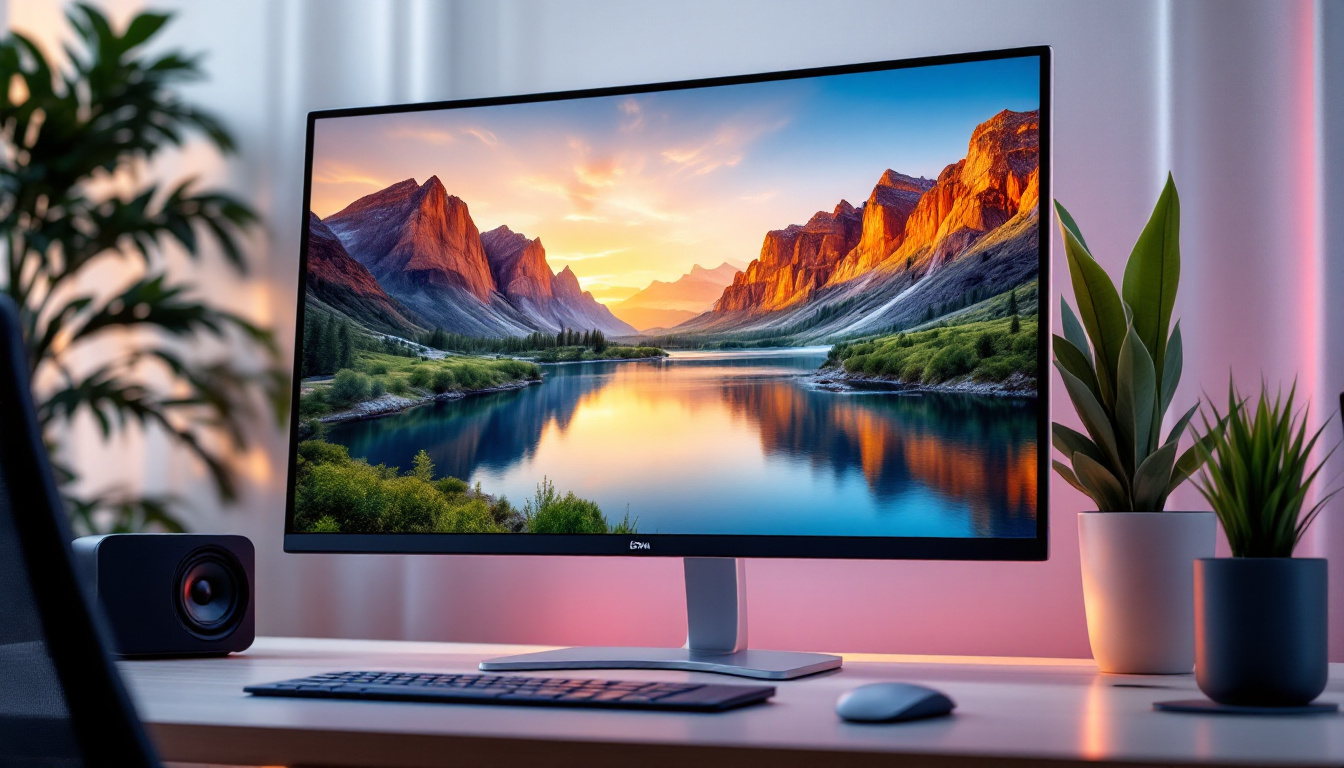The contrast ratio of a computer monitor is a fundamental specification that influences the overall viewing experience. It is a critical factor for professionals in design, photography, and gaming, as well as for everyday users who seek an enjoyable visual experience. This article delves into the intricacies of contrast ratio, particularly in LED displays, and explains why it matters.
Understanding Contrast Ratio
At its core, the contrast ratio is a measure of the difference between the brightest white and the darkest black that a display can produce. It is expressed as a numerical ratio, such as 1000:1, indicating that the brightest white is 1000 times brighter than the darkest black. This ratio plays a significant role in how images are perceived on the screen, affecting clarity, depth, and overall image quality. A higher contrast ratio can reveal subtle details in shadows and highlights, making it essential for tasks that require precision.
How Contrast Ratio is Measured
Measuring contrast ratio involves using specific tools and methodologies. Typically, a colorimeter or spectrophotometer is used to assess the luminance of white and black levels. The white level is measured when the monitor displays a full white screen, while the black level is measured with a completely black screen. The contrast ratio is then calculated by dividing the luminance of the white level by the luminance of the black level. This process ensures that the measurements are accurate and consistent, allowing for reliable comparisons across different displays.
It’s important to note that various manufacturers may use different testing methods, which can lead to discrepancies in reported contrast ratios. As a result, it is crucial for consumers to consider independent reviews and tests to get a more accurate understanding of a monitor’s performance. Additionally, factors such as ambient lighting and screen technology (like OLED vs. LCD) can influence perceived contrast, making it essential to evaluate displays in real-world conditions whenever possible.
Importance of High Contrast Ratios
A higher contrast ratio typically results in a more vivid and dynamic image. Monitors with high contrast ratios can display deeper blacks and brighter whites, enhancing the overall visual experience. This is particularly important in applications such as graphic design and video editing, where color accuracy and detail are paramount. Designers often rely on high contrast to ensure that their work translates well across various media, from print to digital formats.
Moreover, in gaming and movie watching, high contrast ratios contribute to a more immersive experience. Dark scenes become more engaging, and bright scenes appear more vibrant. This combination allows for a more realistic portrayal of images, making the viewing experience more enjoyable. High contrast ratios also help reduce eye strain during extended viewing sessions, as the distinction between light and dark elements allows the eyes to focus more comfortably. As technology advances, displays with superior contrast ratios are becoming increasingly accessible, allowing more users to benefit from enhanced visual fidelity in everyday applications.
Types of Contrast Ratios
Contrast ratios can be categorized into two main types: static and dynamic. Understanding the difference between these two can help consumers make more informed choices when selecting a monitor.
Static Contrast Ratio
The static contrast ratio refers to the difference between the brightest white and the darkest black that a monitor can produce at any given time. This ratio is typically fixed and does not change based on the content being displayed. Static contrast ratios are essential for evaluating a monitor’s baseline performance, as they provide a consistent measure of image quality.
Most manufacturers will advertise the static contrast ratio, as it is a reliable indicator of a monitor’s capabilities. However, it is essential to remember that actual performance may vary based on factors such as ambient lighting and the content being viewed. For instance, a monitor with a static contrast ratio of 1000:1 may perform exceptionally well in a dimly lit room, but the perceived contrast could diminish in brightly lit environments. Additionally, the quality of the panel technology—such as IPS, VA, or TN—also plays a crucial role in how well the static contrast ratio translates into real-world viewing experiences. Users should consider these factors when assessing their needs for tasks like photo editing or gaming, where accurate color representation is vital.
Dynamic Contrast Ratio
Dynamic contrast ratio, on the other hand, measures the contrast ratio under varying conditions. This ratio adjusts based on the content displayed on the screen. For example, when a monitor displays a bright scene, the backlight may increase to enhance brightness, while in darker scenes, the backlight may dim to improve black levels.
While dynamic contrast ratios can sound impressive, they can sometimes be misleading. The enhancements made by the monitor’s technology may not reflect real-world performance, and as such, consumers should be cautious when evaluating monitors based solely on dynamic contrast ratios. Furthermore, the effectiveness of dynamic contrast can depend heavily on the type of content being viewed. For instance, fast-paced action movies or video games may benefit from quick adjustments in brightness, but static images or slower-paced content might not showcase the advantages of dynamic contrast as effectively. Additionally, some users may find that the constant adjustment of backlighting can lead to a flickering effect, which can be distracting or even cause eye strain during prolonged use. Therefore, while dynamic contrast ratios can enhance the viewing experience in certain scenarios, they are best considered as a supplementary feature rather than a primary selling point.
LED Displays and Contrast Ratio
LED displays, which are a type of LCD that uses LED backlighting, have gained immense popularity due to their energy efficiency and superior image quality. The contrast ratio in LED displays can vary significantly based on the technology used, such as edge-lit or full-array backlighting. This variance plays a crucial role in how images are perceived, particularly in environments with varying lighting conditions, making it a key consideration for consumers and professionals alike.
Edge-Lit vs. Full-Array LED
Edge-lit LED displays use LEDs positioned around the edges of the screen to illuminate the display. While this design allows for thinner monitors, it can result in lower contrast ratios, especially in darker scenes. The light may not be evenly distributed, leading to less effective black levels. This can be particularly noticeable in cinematic experiences where shadow detail is critical, as the lack of uniformity can detract from the overall viewing experience.
In contrast, full-array LED displays feature a grid of LEDs behind the screen, allowing for more precise control over brightness and darkness. This technology typically results in higher contrast ratios and better overall image quality. Full-array displays can achieve deeper blacks and brighter whites, making them ideal for professional use and high-quality media consumption. Furthermore, the enhanced contrast makes these displays particularly appealing for graphic designers and photographers who require accurate color representation and detail in both highlights and shadows.
Impact of Local Dimming
Local dimming is a feature found in many full-array LED displays that enhances contrast ratios even further. This technology allows specific zones of the backlight to dim or brighten independently based on the content being displayed. As a result, local dimming can significantly improve black levels in dark scenes while maintaining brightness in lighter areas. This capability is especially beneficial for high dynamic range (HDR) content, where the difference between the darkest and brightest parts of an image is pronounced.
However, the effectiveness of local dimming can vary between models. Some displays may exhibit blooming effects, where bright objects bleed into darker areas. Therefore, it is essential to evaluate local dimming performance alongside static and dynamic contrast ratios when considering a monitor. Additionally, advancements in local dimming algorithms continue to emerge, leading to improvements in how these displays handle complex scenes, thereby enhancing the viewing experience across various types of content, from gaming to streaming movies. As technology evolves, consumers can expect even more refined performance in future LED displays, making them an exciting area to watch in the realm of visual technology.
Choosing the Right Monitor Based on Contrast Ratio
When selecting a monitor, understanding contrast ratio is crucial, but it should not be the only factor considered. Other specifications, such as resolution, refresh rate, and color accuracy, also play significant roles in overall performance.
Consider Your Usage
The intended use of the monitor should guide the decision-making process. For graphic designers and photographers, a monitor with a high static contrast ratio and accurate color reproduction is essential. In contrast, gamers may prioritize refresh rates and response times alongside contrast ratios to ensure smooth gameplay.
For general use, such as browsing the internet or watching videos, a moderate contrast ratio may suffice. However, investing in a monitor with a higher contrast ratio can enhance the viewing experience, making it more enjoyable for multimedia consumption.
Research and Reviews
Before making a purchase, it is advisable to conduct thorough research. Look for independent reviews and comparisons that provide insights into real-world performance. User feedback can also be invaluable in understanding how a monitor performs in various conditions.
Consider visiting a physical store to see monitors in action. Viewing different models side by side can provide a clearer picture of how contrast ratios affect image quality in practice.
Conclusion
The contrast ratio is a vital aspect of monitor performance that significantly impacts image quality. Understanding the differences between static and dynamic contrast ratios, as well as the implications of LED technology, can help consumers make informed decisions when selecting a monitor.
Whether for professional use or casual viewing, the right contrast ratio can enhance the visual experience, making images more vibrant and engaging. By considering various factors, including usage, technology, and reviews, users can find a monitor that meets their needs and provides a satisfying viewing experience.
As technology continues to evolve, staying informed about advancements in display technology will ensure that users can make the best choices for their visual needs. The world of monitors is vast, and understanding the nuances of contrast ratio is just one step toward achieving the ideal setup.
Discover the Future of Visual Technology with LumenMatrix
Ready to elevate your visual experience with a monitor that boasts the highest contrast ratios and cutting-edge LED technology? Explore LumenMatrix’s innovative LED display solutions, designed to bring your content to life with unparalleled clarity and vibrancy. From immersive indoor and outdoor displays to versatile vehicle and sports options, LumenMatrix offers a wide range of products to meet your specific needs. Embrace the future of digital signage and create impactful visual communications that captivate and engage. Check out LumenMatrix LED Display Solutions today and see the difference for yourself.


